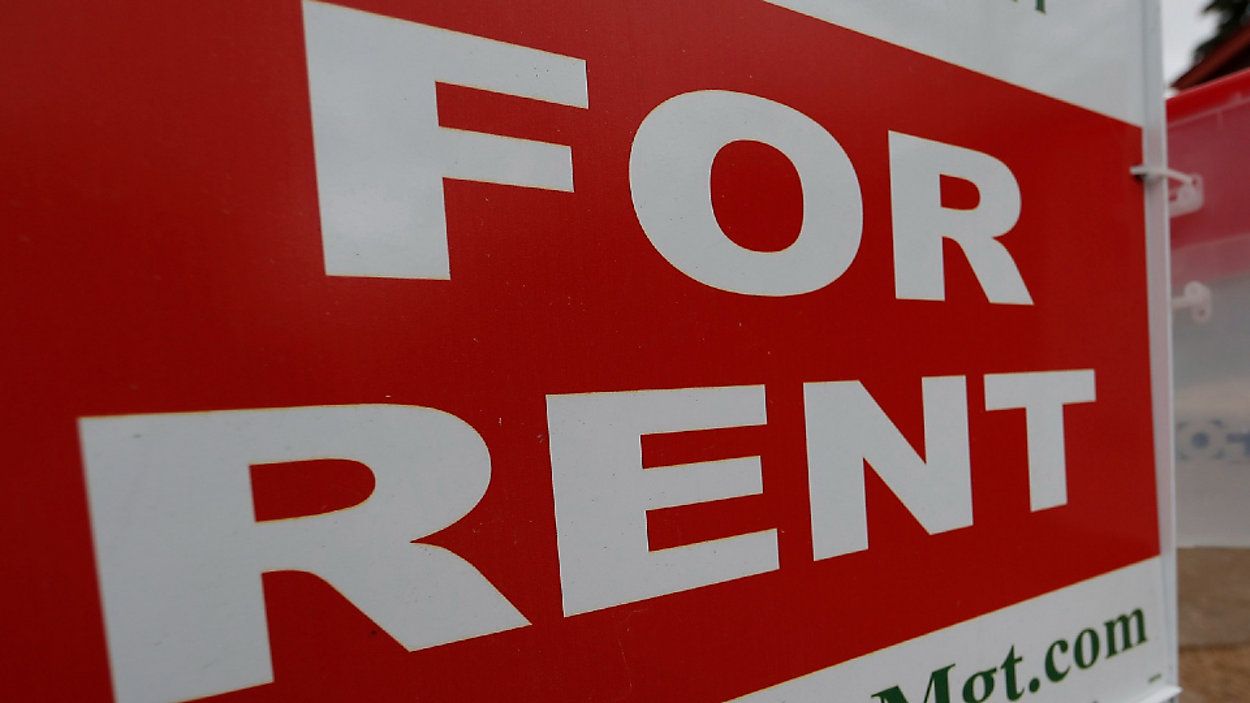CINCINNATI — With the end of the federal moratorium of evictions only days away, Hamilton County agencies are working to distribute millions of dollars designed to help renters stay in their home.
What You Need To Know
- Hamilton County, CAA have relief programs to help renters pay off past-due rent, utility bills.
- There are more than $77 million in total federal funds available.
- A renter needs to have household earnings of no more than 80% of Area Median Income and have proof that COVID-19 caused economic hardship.
- The county and CAA have handed more $20 million so far to support more than 8,000 households.
Hamilton County and the Community Action Agency of Cincinnati-Hamilton County (CAA) announced this week that they have a combined $77 million in federal rent and utility relief funds remaining.
The CAA has about $47 million left in its Supportive Services program. The county has more than $30 million in the Hamilton County Rent and Utility Relief Program.
"We have been working closely with partnering agencies, including Jobs and Family Services and Legal Aid to ensure that these funds get out to tenants in Hamilton County as quickly as possible," CAA's CEO Mark Lawson said Wednesday.
The Centers for Disease Control and Prevention (CDC) ordered the moratorium last September in the face of mounting economic hardships created by COVID-19. Despite criticism and legal challenges, the moratorium was extended four times. But, at this point, it seems unlikely that will happen again.
The federal government provided billions of dollars to government agencies and social services organizations over the past 18 months to help eligible renters who've fallen behind on rent and utility payments.
But as the eviction moratorium end date approaches, millions of dollars of relief funds remain unclaimed in Hamilton County and areas across the country.
The Hamilton County Board of County Commissioners spoke on the topic in detail during their Tuesday meeting.
“We certainly don’t want to leave anymore on the table. That’s for sure," said Stephanie Summerow Dumas, president of the board. "We know the people are out there. We all know the people are out there… We want to get this money off the table."
Through its program, Hamilton County will pay up to 12 months in past-due rent and utilities. A renter who may still be unemployed or under-employed because of the pandemic may receive assistance for up to three months of future payments as well. Utilities covered are water, gas and electric.
CAA's program operates similarly.
Hamilton County has already spent $10 million — a combination of CARES Act and Emergency Rental Assistance Program (ERAP) funds — on the program, according to a spokesperson. They said about 4,300 households benefited.
CAA said they've provided about $10.4 million to more than 4,000 households so far.
To qualify for either program, a renter or household must be at or below 80% of the Area Median Income (AMI). For a home with one person living there, the ceiling is $47,850. For a family of three, that number is $61,500.
A more complete breakdown is outlined below (household size and income ceiling).
- 1 - $47,850
- 2 - $54,650
- 3 - $61,500
- 4 - $68,300
- 5 - $73,800
- 6 - $79,250
Program participants must be able to provide proof of financial hardship caused by COVID-19. That includes pay stubs and past-due letters from a utility company or landlord mentioning how much is owed.
The specifics of the situation will determine the level of assistance.
"You didn’t have to get sick. Your family didn’t have to get sick (to qualify)," Kevin Holt, with Hamilton County Job and Family Services, said during the commissioner meeting. "Anything where you got laid off or had your hours reduced, we're presuming that’s related to COVID if it happened after March of 2020."
Hamilton County's goal is to process all complete applications within 10 business days.
These programs only apply to renters, but the county set aside $5 million in American Rescue Plan funds to help homeowners. They will start accepting applications in September, according to the county spokesperson.
Dumas said there are a variety of organizations offering a range of services and support. Two examples are the Freestore Foodbank and Talbert House.
But knowing which agency offers what service can be a challenge, Summerow Dumas said. She said available online tools such as 513Relief don't work for everyone.
Summerow Dumas said during Tuesday's meeting that the regional agencies need to “come together” to make the process more accessible.
One idea she mentioned was setting up a physical location for information about all available relief services and providers. It would let people explore all their options at once, she said.
More information is available on the Hamilton County Jobs and Family Services website.



